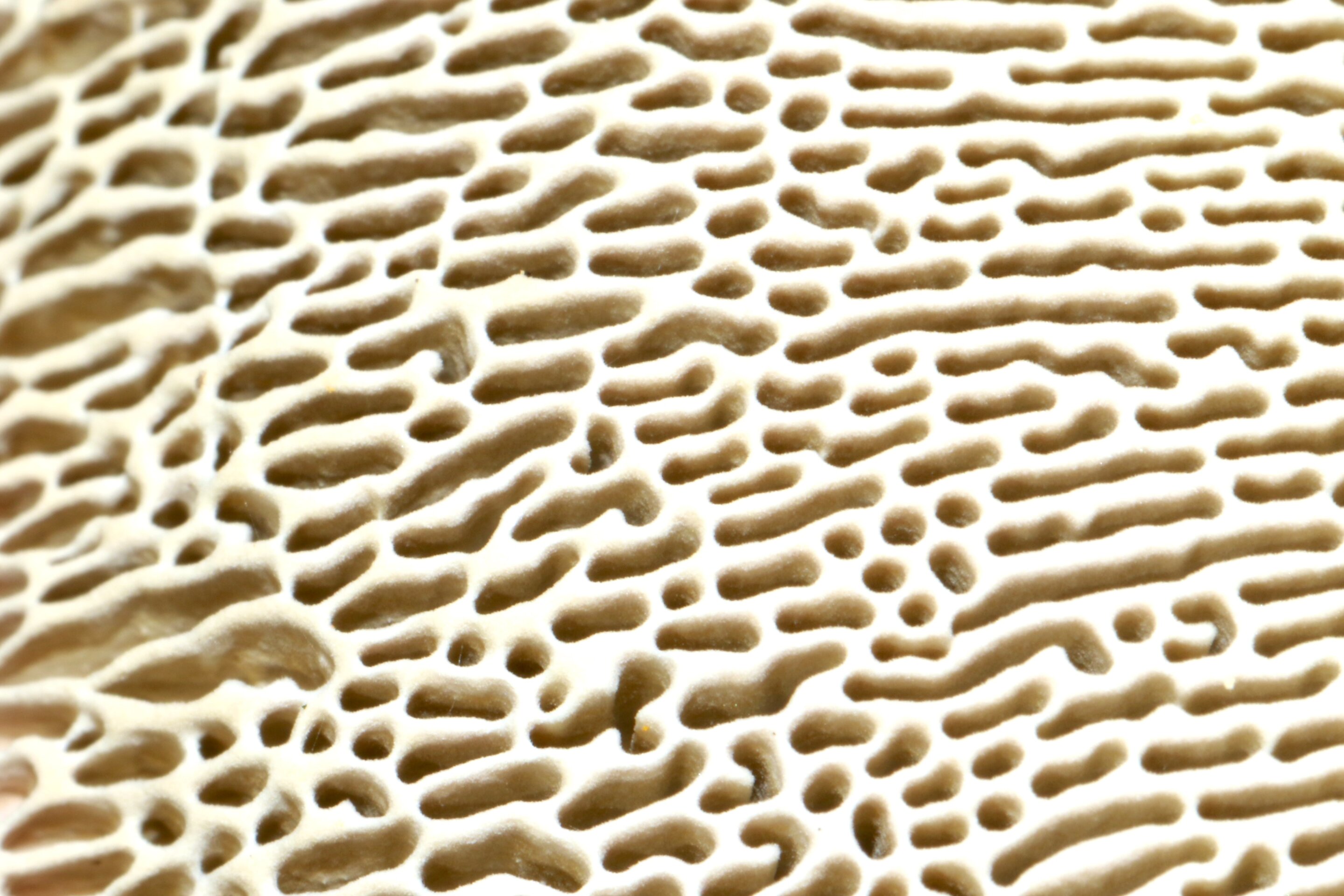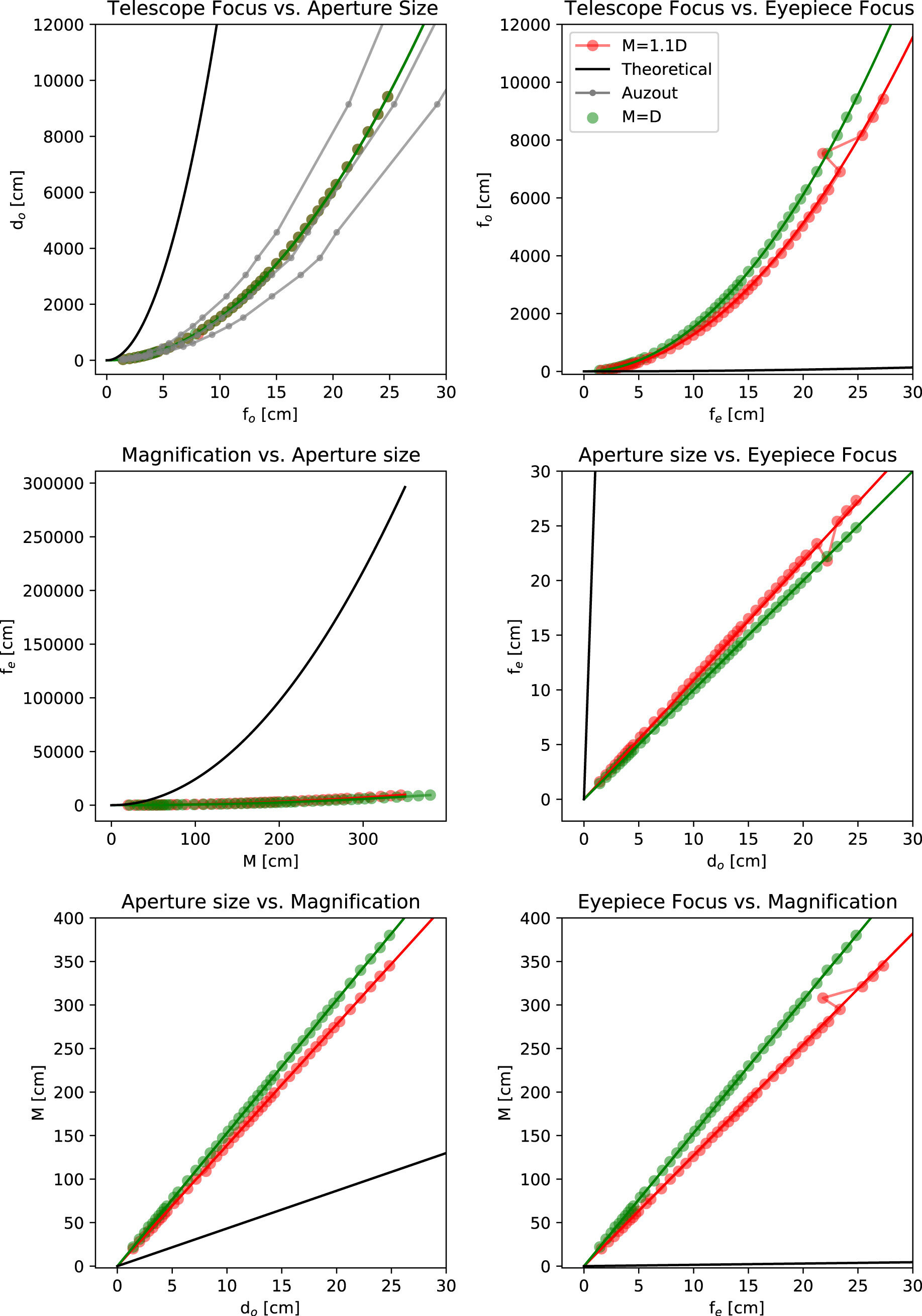#Novel software reveals molecular barcodes that distinguish different cell types
“#Novel software reveals molecular barcodes that distinguish different cell types”
As one validation, the researchers used CluBCpG to analyze WGBS datasets from two types of human immune cells, B cells and monocytes. They were able to identify over 100,000 unique molecular barcodes within each cell type. Then, they applied their method to mixtures of reads from another WGBS dataset from these two cell types, from entirely different people.
“Just by counting occurrences of these molecular barcodes in the novel datasets, CluBCpG allowed us to precisely determine the percentage of B cells and monocytes in each mixture,” said Dr. C. Anthony Scott, former postdoctoral researcher in the Waterland lab and co-first author on the paper. “We also showed that these cell-type specific signals are associated with cellular functions in different types of human and mouse brain cells and blood cells, and that they can even predict which genes are expressed.”
In the last 10 years, scientists generated thousands of WGBS data sets costing millions of dollars, yet were unable to appreciate much of the information available in the data. “It’s a bit like wearing noise-cancelling headphones to the symphony,” said Waterland, also a professor of molecular and human genetics at Baylor. “Now, for the first time, researchers can ‘tune in’ to the full richness and complexity of WGBS data.”
Boosting the information content of existing datasets
The CluBCpG software works together with a second development, a sophisticated machine-learning software package called Precise Read-Level Imputation of Methylation (PReLIM). This software ‘fills in’ missing information on sequencing reads that cover some of the sites in a region, increasing the information content of existing WGBS datasets by 50 to 100 percent.
“PReLIM learns from the hundreds of millions of reads in each WGBS dataset to predict the methylation state at missing sites on individual sequence reads,” said Jack D. Duryea, former student in the Waterland lab and co-first author on the paper. “We showed that PReLIM’s predictions are correct 95 percent of the time.”
Since WGBS datasets cost thousands of dollars to generate, getting 50 to 100 percent more data—at no extra charge—is a big deal.
The researchers anticipate these new computational developments will be applied to study methylation differences in normal cells as well as in disease.
“For instance, these methods will provide better resolution in studies aiming to identify methylation differences between a healthy brain and one with a disease. We might be able to determine, for example, that epigenetic changes linked to a disease occur only in one specific type of brain cell, which would be a major step toward understanding a disease,” Waterland said.
More information:
C. Anthony Scott et al, Identification of cell type-specific methylation signals in bulk whole genome bisulfite sequencing data, Genome Biology (2020). DOI: 10.1186/s13059-020-02065-5
Novel software reveals molecular barcodes that distinguish different cell types (2020, July 1)
retrieved 1 July 2020
from https://phys.org/news/2020-07-software-reveals-molecular-barcodes-distinguish.html
This document is subject to copyright. Apart from any fair dealing for the purpose of private study or research, no
part may be reproduced without the written permission. The content is provided for information purposes only.
If you want to read more Like this articles, you can visit our Science category.
if you want to watch Movies or Tv Shows go to Dizi.BuradaBiliyorum.Com for forums sites go to Forum.BuradaBiliyorum.Com



